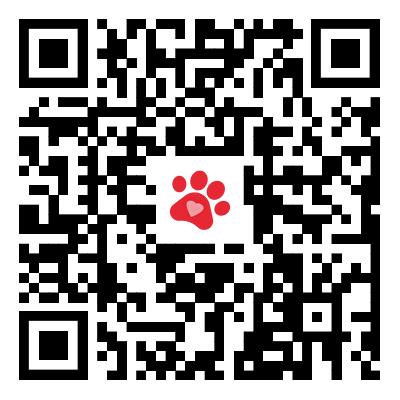Examples of Educational Models Across Different Subject Areas
2024-06-07
Educational models are three-dimensional representations or simulations used in educational settings to enhance understanding, promote learning, and facilitate hands-on exploration of concepts and phenomena. These models come in various forms and formats, ranging from physical models and prototypes to virtual simulations and interactive software. Here are some examples of educational models across different subject areas:
1. Science Models:
- Solar System Model: A scale model representing the planets, moons, and other celestial bodies in the solar system, helping students visualize their relative sizes, distances, and orbits.
- Cell Model: A three-dimensional model of a plant or animal cell, illustrating its organelles, structures, and functions, aiding in the study of cell biology and microbiology.
- Weather Model: A weather station or weather map model demonstrating atmospheric phenomena such as temperature, humidity, air pressure, and precipitation patterns.
2. Mathematical Models:
- Geometric Solids: Three-dimensional models of geometric shapes such as cubes, spheres, cones, and cylinders, used to teach concepts of geometry, volume, surface area, and spatial relationships.
- Graphing Tools: Graphing calculators or software programs that create visual representations of mathematical functions and data, helping students analyze and interpret mathematical relationships.
3. Engineering and Technology Models:
- Simple Machines Models: Physical models or simulations demonstrating the operation and principles of simple machines such as levers, pulleys, gears, and inclined planes, aiding in the study of physics and engineering.
- Robotics Kits: Educational robotics kits or models that allow students to build and program robots, teaching concepts of mechanics, electronics, programming, and automation.
4. History and Geography Models:
- Historical Maps and Globes: Three-dimensional models of historical maps or globes depicting historical events, migrations, trade routes, and geopolitical changes, providing context for studying history and geography.
- Architectural Models: Scale models of historical buildings, monuments, or archaeological sites, helping students visualize and understand architectural styles, construction techniques, and cultural heritage.
5. Health and Anatomy Models:
- Anatomical Models: Detailed models of the human body, organs, and physiological systems, used for teaching anatomy, physiology, and healthcare concepts to students in medical, nursing, and allied health programs.
- Nutrition Models: Food models or replicas illustrating portion sizes, food groups, and nutritional content, facilitating education on healthy eating habits and dietary guidelines.
6. Environmental and Ecological Models:
- Ecosystem Models: Simulations or physical models representing ecological systems such as forests, wetlands, or coral reefs, demonstrating interactions between organisms, habitats, and environmental factors.
- Water Cycle Models: Diagrams or physical models illustrating the processes of evaporation, condensation, precipitation, and runoff in the water cycle, aiding in the study of hydrology and environmental science.
7. Language and Linguistics Models:
- Language Learning Software: Interactive software programs or applications that simulate language immersion environments, providing opportunities for language practice, vocabulary acquisition, and cultural exposure.
- Phonetic Charts: Visual representations or models of phonetic symbols and sounds, helping students learn pronunciation and phonetic transcription in linguistics and language studies.
Educational models play a vital role in engaging students, fostering inquiry-based learning, and promoting active participation in the educational process. Whether physical, virtual, or interactive, these models provide valuable tools for educators to demonstrate concepts, reinforce learning objectives, and encourage exploration and discovery across diverse subject areas.



